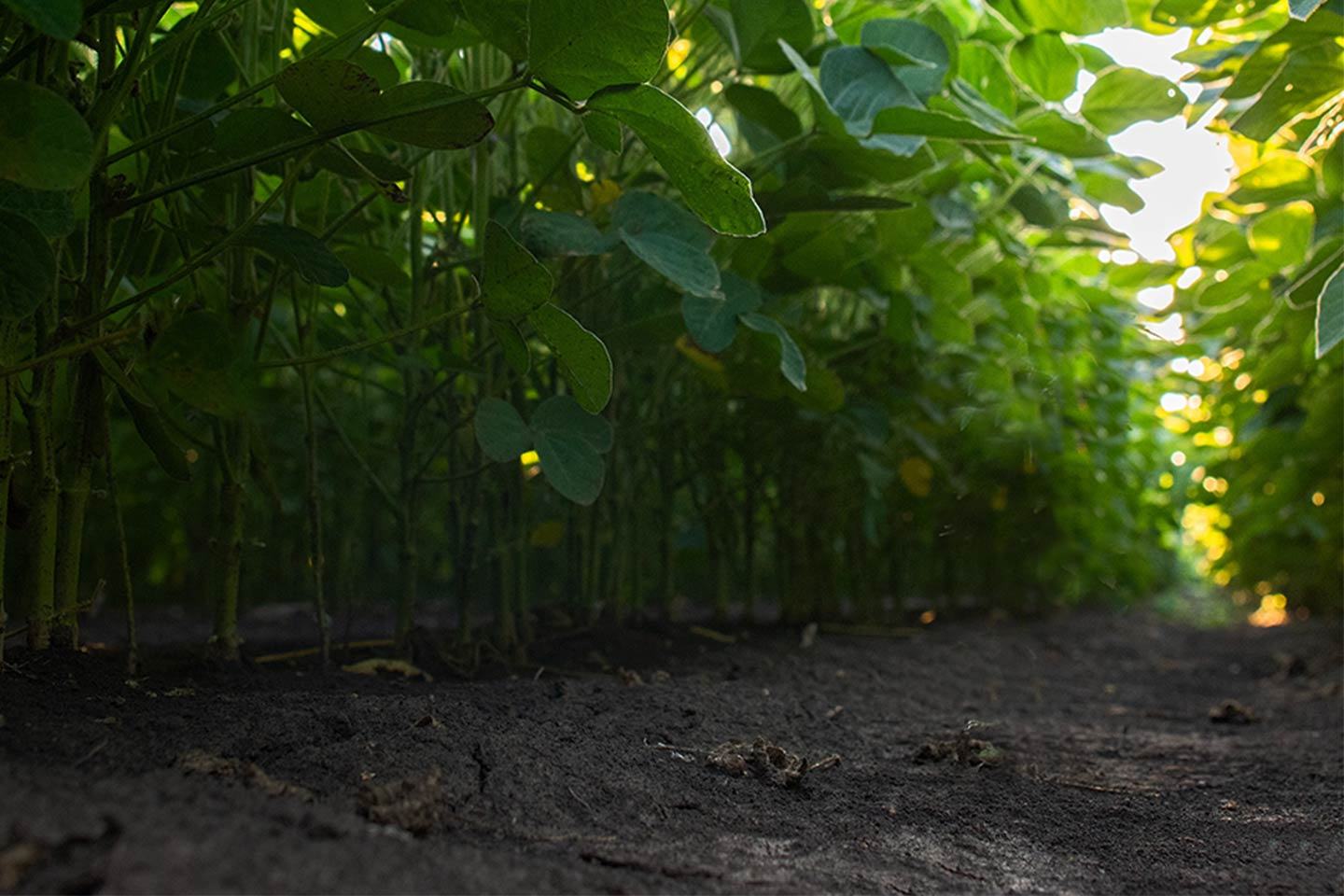Originally published March 15, 2021
croplife magazine
The USDA has documented that there are 400+ weed species found in fields across the United States and Canada. In the Corn Belt and Southern geographies, for the most part we’re focused on one: Palmer amaranth. It’s a nasty weed that, for very good reason, has captured the full attention and wallets of growers and retailers.
But, as we’ve targeted this broadleaf weed, honing our management strategies to tackle it with efficiency and effectiveness, at times we’ve narrowed our weed control strategies too much. The tank mix of auxin herbicides and glyphosate has quickly become the easy button option to clean up soybean and cotton fields of broadleaf weeds. Ultimately, approaches like this have reduced control of other weed species, in particular: grasses.
Researchers, like Dr. Larry Steckel with the University of Tennessee, have found inconsistent control of grasses to be a recurring issue for programs relying on the dicamba/glyphosate combo. 2019 research by Steckel showed dicamba and glyphosate tank mixes reduced grass control +/- 30 percent. As this issue has grown in the last two to three years, my colleagues and I have heard stories of growers’ herbicide bills doubling or tripling as they attempted to control grasses with postemergence herbicides.
The reduction in control can be blamed on two primary factors: herbicide antagonism and herbicide-resistance.
Postemergence applications of auxin herbicides and glyphosate have been very effective in managing weeds, but it is important to note there is documented antagonism with auxin herbicides and glyphosate when it comes to controlling grasses. This has been observed with both 2,4-D and dicamba tank mixes with glyphosate. Too often we see growers having to go back and make rescue applications to control these annual grasses. Unfortunately, these rescue treatments tend to only suppress the problem with more glyphosate and performance is inconsistent due to larger weed sizes. This can add to the soil seedbank for next year, and we start the cycle all over again.
Grass species have also demonstrated resistance to herbicides. Now, this isn’t news to anyone, but there are six glyphosate-resistant grass biotypes in the Mid-South alone: annual bluegrass, goosegrass, barnyardgrass, Johnsongrass, jungle rice and annual ryegrass. In addition, they’ve demonstrated resistance to other modes of action, like the ALS-inhibitors.
I’m not saying we throw our strategies to manage Palmer amaranth to the wayside, but that we need to be mindful of how we’re going to handle this rising tide of grasses. We must start choosing broad-spectrum herbicide programs that address a combination of broadleaf weeds, small and large, and grass species.
A few keys I’ve been sharing with my colleagues and retailers this winter and spring to manage these grass species include using:
- A strong foundational residual herbicide – Manage grasses like we do Palmer amaranth. I recommend a product like Authority® Edge herbicide or Authority® Elite herbicide to get started off on the right foot. Also, choose a product with efficacy on both the small-seeded grasses and broadleaf weeds.
- Overlapping residuals – Annual grasses will continue to emerge all summer long. A tool like Anthem® MAXX herbicide mixed into the tank will help target those grasses and provide an overlapping residual approach to pull us through to canopy closure.
- Clethodim – The key here is to know your clethodim. If you decide to use this in your management strategy, there are many different formulations and we need to make sure we are applying full labeled rates of clethodim
- Split up applications ¬– I’m talking about auxin herbicides and glyphosate applications. This isn’t a popular choice, but this really helps minimize antagonism and increases the efficacy of the individual chemistries. Weed scientists have documented much better annual grass control using this method.
- Fall work – Fall tillage and fall burndown can play a significant role in managing winter annual grasses, allowing us to start cleaner the next spring and chip away at the weed seedbank.
Like all of you, I want growers to see clean fields and strong yields. If we observe the same South-to-North spread with grasses like we did with pigweed, it’s going to be really problematic. Getting a handle on grass species now rather than later is a crucial step toward ensuring clean fields and high yields remain a reality.
Always read and follow all label directions, precautions and restrictions for use. Some products may not be registered for sale or use in all states. FMC, the FMC logo, Authority and Anthem are trademarks of FMC Corporation or an affiliate. ©2021 FMC Corporation. All rights reserved. 21-FMC-2369 03/21



